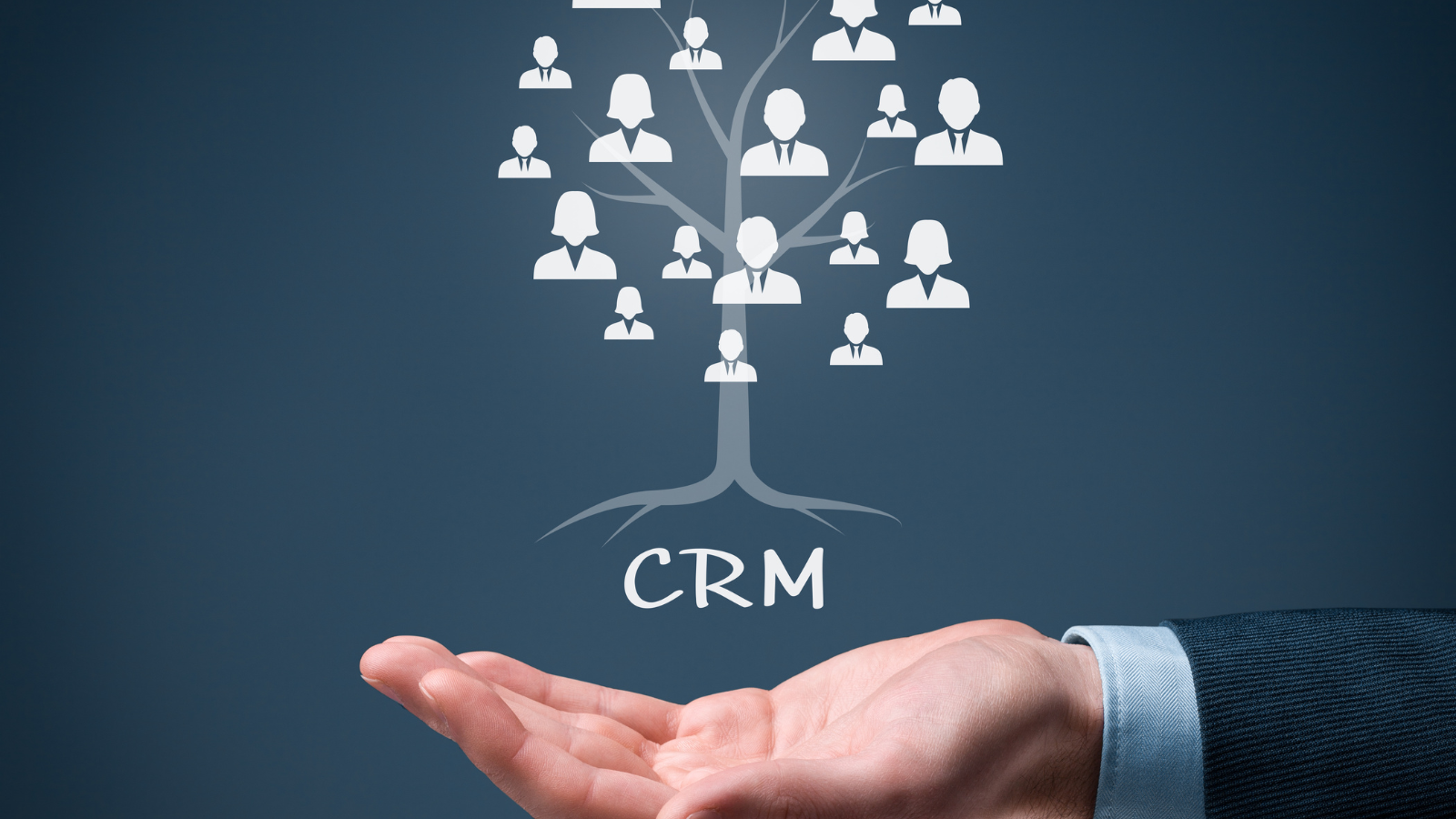What is customer relationship management (CRM)?
Customer relationship management (CRM) is a strategy and set of technologies that companies use to manage, analyse, and improve their interactions with current and potential customers throughout the customer lifecycle. The primary goal is to strengthen customer relationships, boost retention, and drive sales growth by centralising customer data and streamlining processes across sales, marketing, and customer service.
Key takeaways
Centralised customer data
CRM systems collect and organise customer information, such as contact details, purchase history, preferences, and interactions, across multiple channels (web, phone, email, social media). This provides businesses with a 360-degree view of each customer, supporting more personalised service and targeted marketing.
Core components
- Customer Service: Tools for managing support requests, feedback, and service contracts, ensuring timely and effective customer care.
- Sales Force Automation: Automates sales tasks like lead tracking, order processing, and performance analysis, helping sales teams work more efficiently.
- Marketing Automation: Automates campaigns, email outreach, and customer segmentation, enabling personalised and data-driven marketing efforts.
Types of CRM
- Operational CRM: Focuses on automating and improving daily customer-facing processes.
- Analytical CRM: Uses data analysis to identify trends and optimise strategies.
- Collaborative CRM: Facilitates the sharing of customer information across departments for a seamless experience.
Why CRM matters?
A CRM system boosts customer satisfaction by enabling personalised support and tailored experiences, leading to stronger loyalty. It drives sales growth through better lead management, forecasting, and targeting, while also improving efficiency with task automation and centralised data. Additionally, it enhances marketing efforts through precise customer segmentation and personalised campaigns that increase engagement and conversions.
How to calculate churn rate

Reach and engage potential customers
Through targeted marketing and outreach.
Convert leads into customers
By tracking interactions and identifying buying signals.
Build and maintain relationships
With personalised communication, efficient service, and ongoing engagement.
Analyse customer data
To identify trends, segment audiences, and refine strategies.
Automate workflows
In sales, marketing, and support to boost productivity and consistency.
Impact on business and customer experience

Higher loyalty and repeat business through personalized service.
Better lead management, forecasting, and deal closure.
Streamlined workflows and reduced manual effort.
More effective, targeted campaigns and higher conversion rates.
Improved strategy based on customer insights.

Real-world examples

Case study: Real estate firm with Pipedrive
A real estate firm using Pipedrive improved its follow-up process through automation, resulting in a 25% increase in deals closed. This highlights how CRM systems can directly impact sales outcomes by streamlining critical customer engagement tasks.
Frequently asked questions about customer relationship management?

